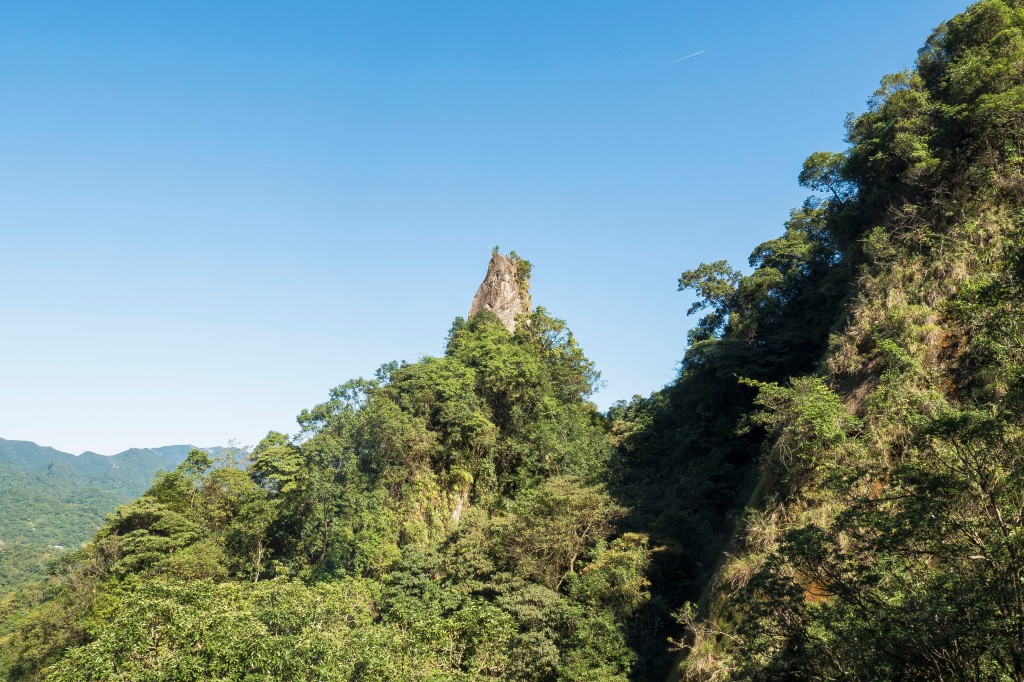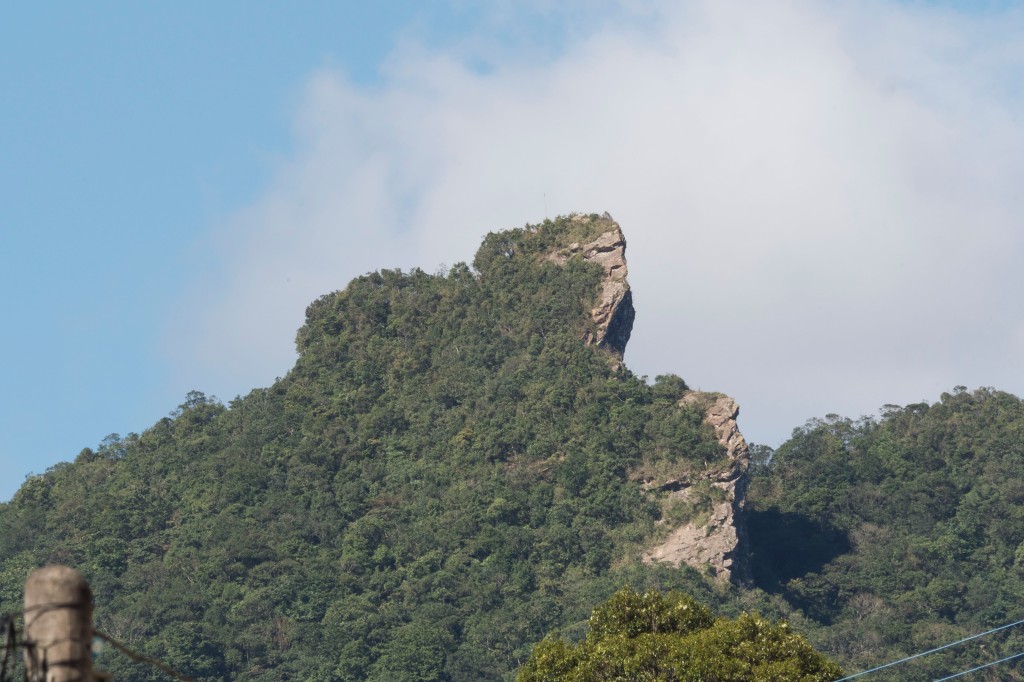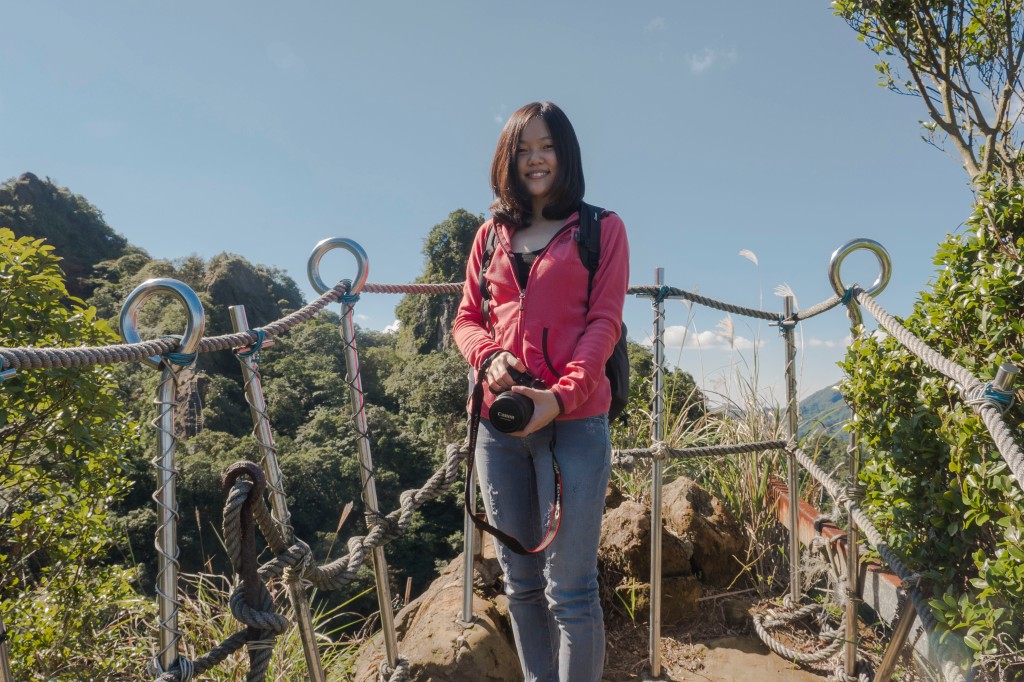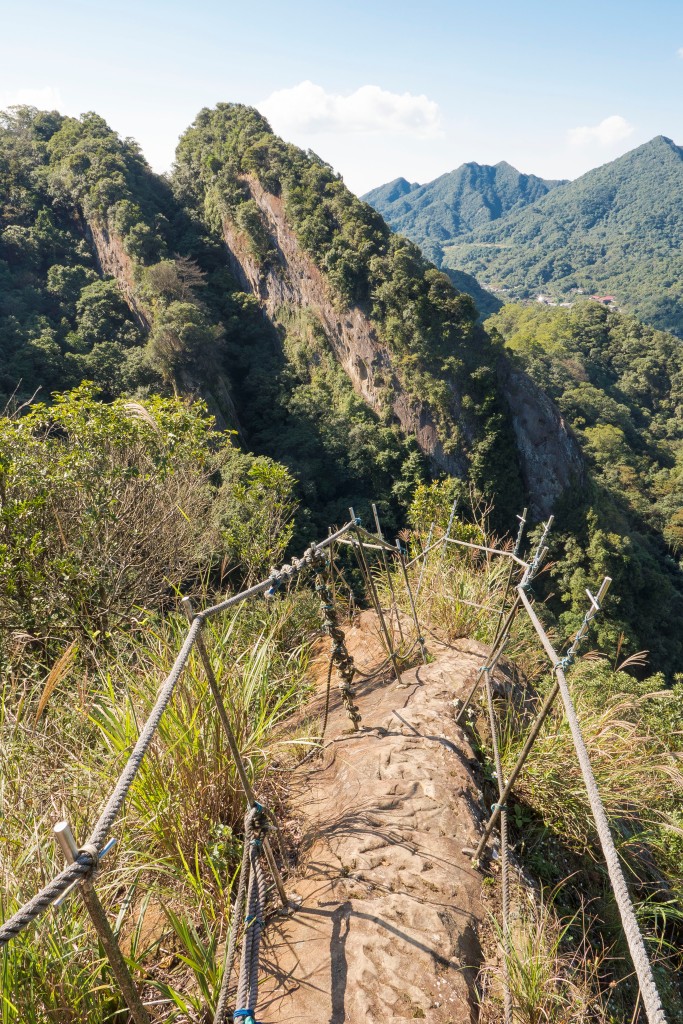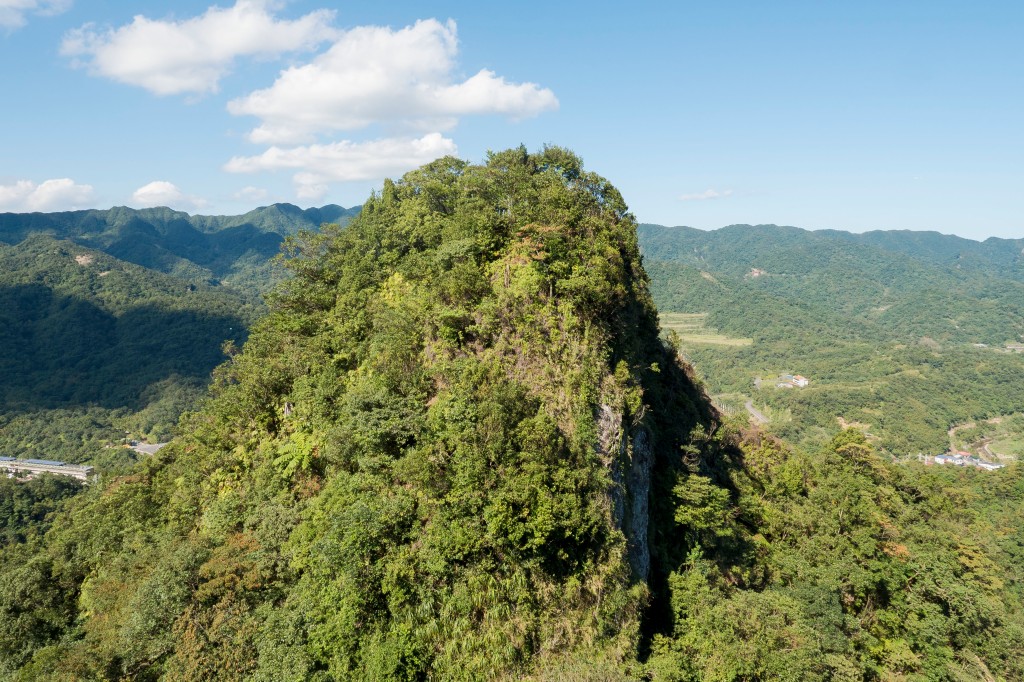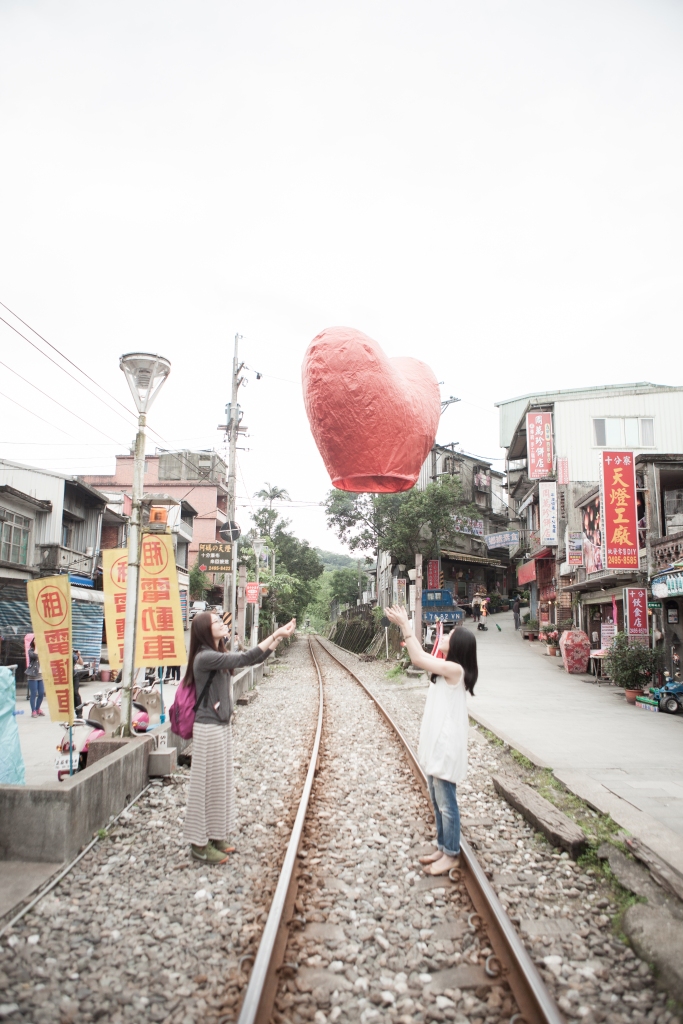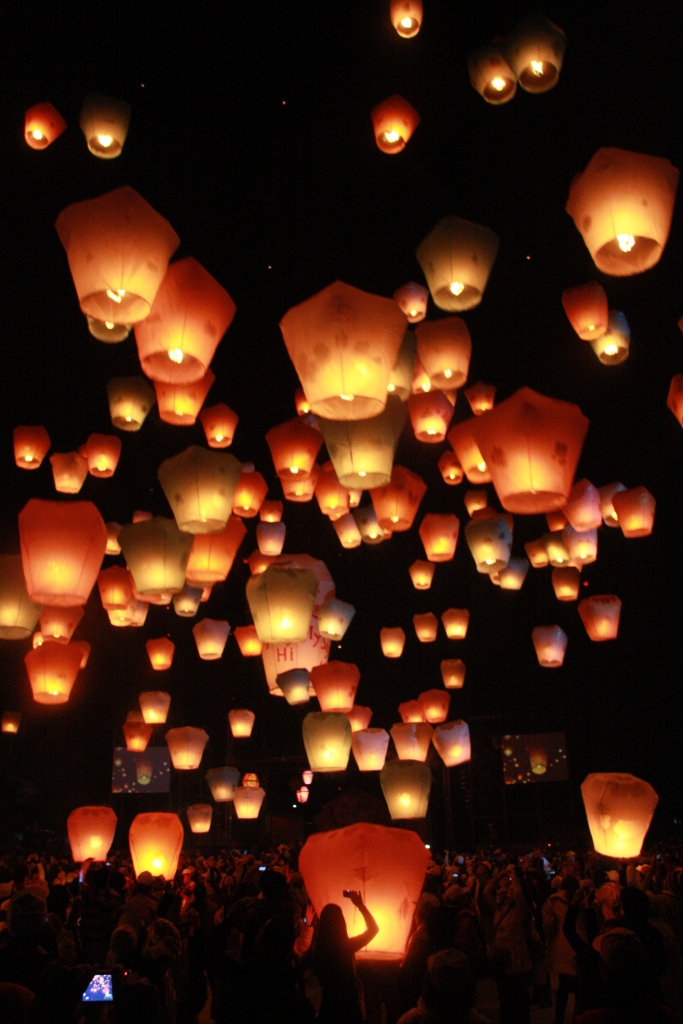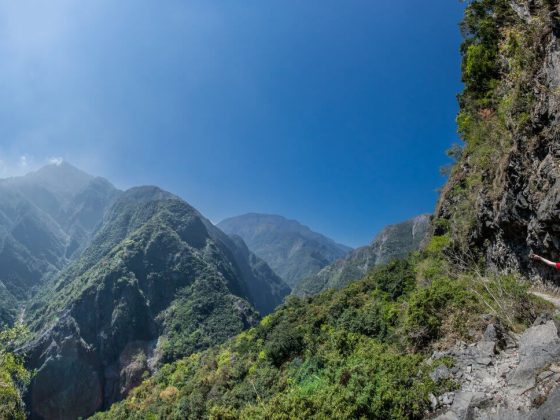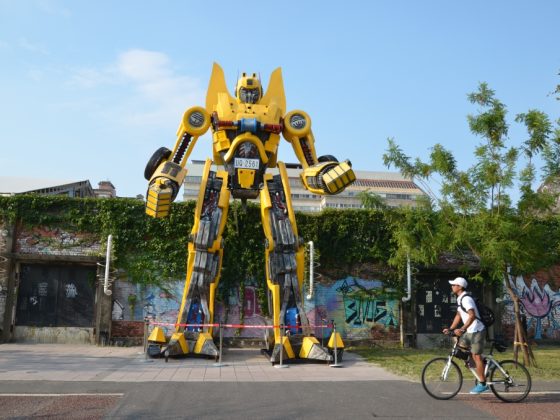Text: Richard Saunders
Photos: Twelli
The quaint old village of Pingxi (平溪), today officially the center of New Taipei City’s rural Pingxi District, is the penultimate station on the Pingxi Branch Railway Line, built early in the last century to transport coal mined in the surrounding hills. After coal mining in the Pingxi Valley ceased a few decades ago, the railway line escaped closure partly because it was a vital link with the outside world, but also because the area was becoming an increasingly popular tourist attraction. (Related reading: Waterfalls and Sky Lanterns: A day tour to Shifen and Pingxi)
These days tourists flock to the valley to see the impressive Shifen Waterfall (十分瀑布; sometimes called “Taiwan’s Niagara Falls”), and to wander round the evocative old mining villages, notably Pingxi and Jingtong (菁桐), which are rich in both local color and traditional snack foods. The Pingxi settlement lies spread out along the two sides of the infant Keelung River. Life in the narrow streets continues much as it did before the technological revolution of the 20th century transformed Taiwan’s economy.
Traveling the Pingxi line is great for relaxed sightseeing, but for hikers the line also provides easy access to some of north Taiwan’s finest hikes. Countless wonderful walks lie within easy reach of Taiwan’s capital, but if time or energy only allow you to do one, there’s perhaps no more exciting walk within day-trip distance of downtown Taipei than one which takes in the peaks of Mt. Xiaozi (孝子山; Filial Son Mountain), Mt. Cimu (慈母峰; Loving Mother Mountain), and Mt. Putuo (普陀山), collectively called the Pingxi Crags by many Taiwan expats. These three seemingly inaccessible spines of bare rock are scaled by using steep flights of visually arresting rock-cut steps. This is definitely not a place for acrophobes, but for a short, fun adrenaline rush it is unbeatable.
It’s also a relatively easy half-day hike, within the limits of anyone in reasonable shape, which allows time afterwards to explore a few of the other more relaxing attractions along the Pingxi line. But pick a suitable time to visit: during winter and early spring, prevailing monsoon winds from the northeast make for welcome cool temperatures, yet can bring rain as well, so be sure to check the weather forecast beforehand, as the trails can be slippery when wet.
Pingxi village lies in a valley hemmed in on both sides by steep, jungle-clad ridges and a series of weirdly shaped, eye-catching peaks. The most conspicuous, known as Shisunjian (石筍尖; “Stone Bamboo Shoot”), sticks out from the ridge northeast of the village like a gigantic tooth. Less obvious at first are the Pingxi Crags, which rise out of a jungle-filled hollow across the river from the main part of Pingxi village.
Walking to the mountains from Pingxi takes about 40 minute. The stone-cut steps at the base of Mt. Xiaozi, which is the lowest of the three crags, at first look quite impossible to climb. However, take the trail climbing round the foot of the pinnacle to the back, and its secret is revealed: a series of ladders and steps carved into the sandstone scales the summit of the needle safely, although it’s still quite an exciting climb, and definitely not for hikers with a fear of heights! (Read also: Seven Star Mountain, a Hike You Cannot Miss While in Taipei)
The second trail at the big junction below the peaks, straight in front, has never been finished, and ends stranded halfway up the thrillingly steep rock face. Take the third path at the junction, up into the trees ahead, to find hundreds of steep steps carved into the rock scaling the second of the peaks, Mt. Cimu, which is crisscrossed by no less than four exciting trails. At the top, enjoy the magnificent view over Mt. Xiaozi – a sharp, pointed needle from this angle – and, in the opposite direction, into a forest pierced by a series of ridges and sheer cliffs of white rock. Continue straight ahead down the other side, and at the bottom you’ll find another trail on the left that climbs back up Mt. Cimu, beneath a tall, deeply eroded cliff of white sandstone, and then regains the summit via a natural “ladder” formed by the roots of an old tree growing out of the rock face.
The highest of the three peaks, Mt. Putuo, is reached by a solitary, thrilling trail up a knife-edge spine. It’s rather airy up there, but sturdy metal posts and heavy-rope handrails on either side mean it’s quite safe. To get there, take the stone steps on the far right at the junction beneath the peaks, and look for a dirt trail on the right after climbing the steps for about five minutes. Once again, there’s a fabulous view from the summit.
Kudos to the people who risked their lives to cut the original steps up these three peaks, which must have entailed spending long hours in some extremely dangerous positions. We should also be thankful to the souls who set about improving the safety of the trail up the peaks around the turn of the new century. Presently solid rope hand rails and iron stakes line each of the trails of stone-cut step, so it’s a safe place to explore nowadays if care is taken, but bring a sense of adventure and a good head for heights!
After all that excitement, take a bit of time to wind down and enjoy the gentler pleasures of old Pingxi village. Above the police station, from Guanyin Temple (觀音巖), you have nice views over the village, as well as of Mt. Xiaozi and Mt. Putuo. On either side of the temple are a number of caves and tunnels. On the right, the Cave of the Eight Immortals (八仙洞) is a cave temple carved out of the soft sandstone, while on the other side a series of interconnecting chambers were used as air-raid shelters during Allied bombings in World War II. Back in the village, don’t miss the old-style green postbox standing outside the post office, take a look in the traditional shops lining the narrow streets that run down to the river, and snack on treats both traditional and more modern, such as hot dogs, shaved ice, and stinky tofu.
Finally, especially during the Lantern Festival (in early March this year), no trip to Pingxi, and nearby Shifen, is complete without participating in the village’s most famous traditional activity – releasing sky lanterns. Ready-made lanterns are for sale in shops all around the village, and a few places will even teach you how to make your own! (Read more: Why you need to put the Pingxi Sky Lantern Festival on your bucket list)
This article was published in Travel in Taiwan magazine (Jan./Feb., 2015)
From environmental perspective: Retrieving Sky Lanterns in Pingxi
Visit Pingxi by joining our Jiufen and Pingxi Day Tour!



